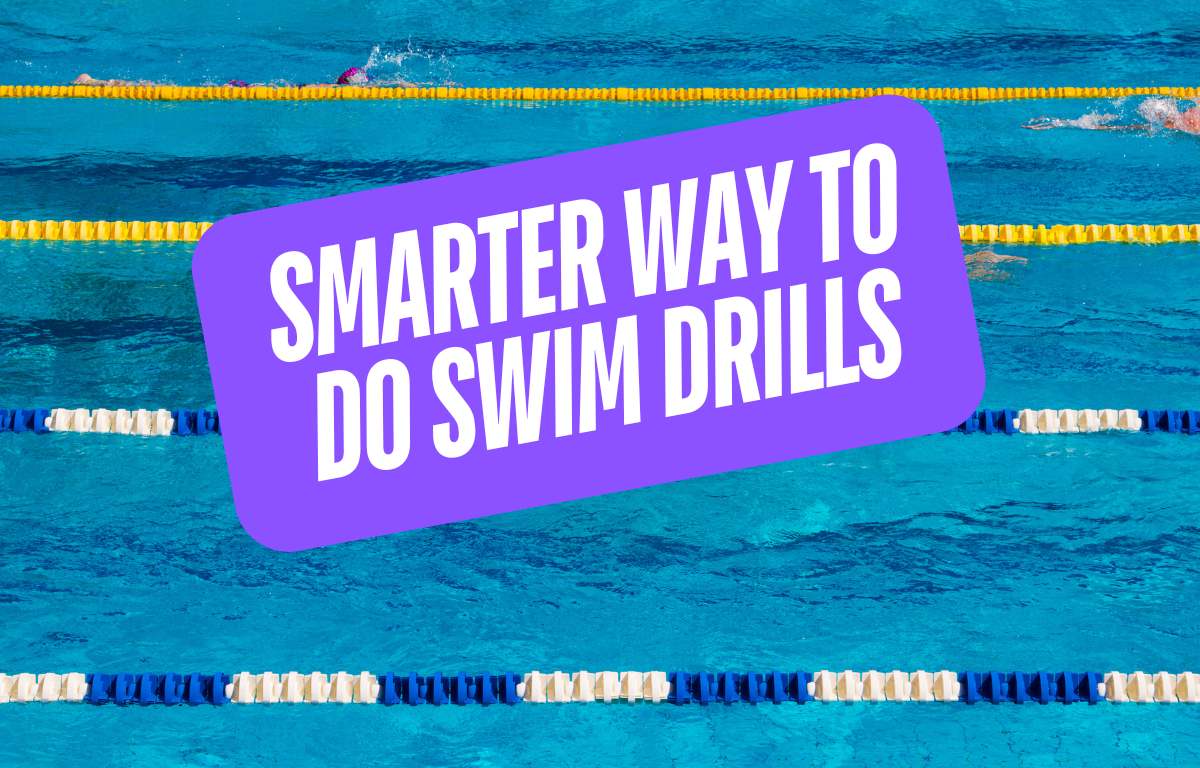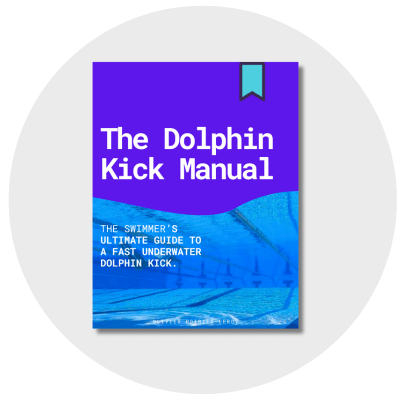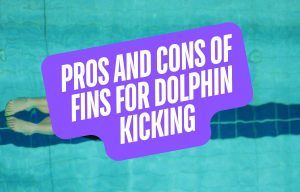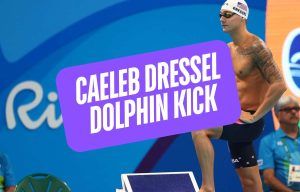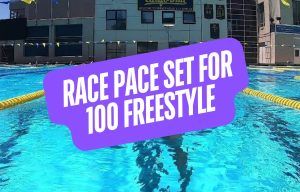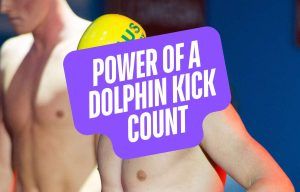Not getting any technique improvement with swim drills? Try this skill progression model to accelerate improvement.
Drills are one of the tools swimmers have for getting better in the water.
Whether it’s to master the timing of the pull and kick, reach out a little further with each stroke, smoothen out the transitions in the kick cycle, or just to get your feel for the water back, there is a drill for it.
But let’s be honest here—drills are typically done sloppily or mindlessly.
Swimmers who train and do drills with a gradually increasing level of difficulty—and not just “swimming through” the strokes—learn faster, retain skills longer, and adapt better under pressure.
In other words: drills done right = faster swimming.
Here’s a smarter way to structure your drills so you actually get better and swim faster.
A Smarter Way to Use Drills at the Pool
The biggest (and most underrated) opportunity in each swim practice is the feedback your body gets each time you hit the water.
By challenging yourself in the right way at the right time, using a concept in motor learning research called contextual interference, swimmers can maximize the feedback the water is giving them and convert it into more efficient swimming.
Contextual Interference is how much difficulty and variety you add to a new skill in practice. Low CI (blocked practice) is doing the same drill over and over, slow and easy. High CI (random practice) is mixing it with swimming, other drills, and unpredictable conditions.
Doing a drill or skill is easy and looks and feels smoother during blocked practice—e.g. pushing off and doing a tight, fast streamline when not tired or focused on anything else. But the magic happens when you gradually increase the challenge.
Being able to do a skill in perfect conditions—properly placed hand entry, smooth transition between kick phases, a high vertical forearm—doesn’t always mean it’s learned.
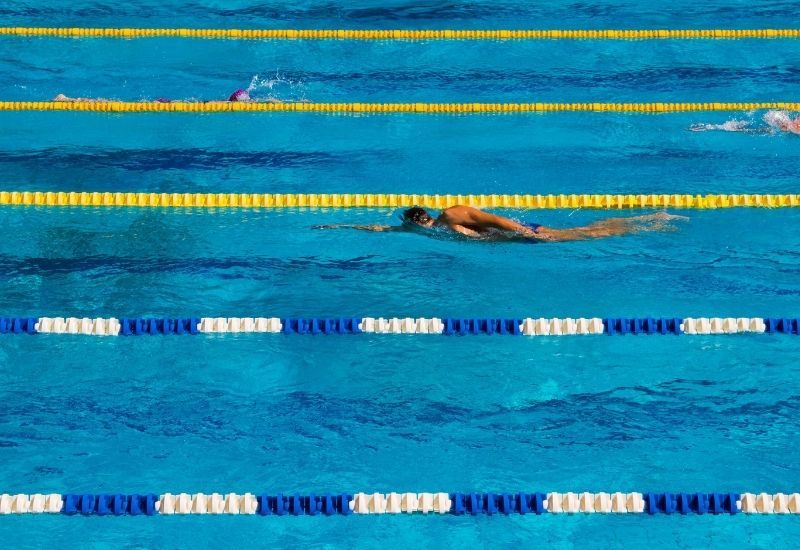
Studies show that easy, repetitive practice creates short-term gains, but fades fast. Harder, more varied practice may feel messy, but it builds technique that lasts and holds up under pressure (Ruano et al., 2022).
A 2010 study by Porter & Magill showed that when athletes worked on mastering a new skill, they improved best using a three-step progression:
- Isolate the skill (blocked practice)
- Interweave the skill with other skills (serial practice)
- Switching between skills unpredictably (random practice)
Let’s see how this works in the pool.
How to Progress a New Skill in the Pool
Let’s breakdown this model using some skills and drills that swimmers are familiar with to give you a sense of how this plays out in the water.
Part 1: Isolate the Skill
Step one. Isolate what we are trying to improve. Focus on just the skill and nothing else. By keeping the pressure and complexity low, we have a better chance to “feel” the movement with clear feedback and low distraction.
Examples:
Smoother dolphin kick transitions between upkick and downkick
- 6x25m fish kick with fins, slow, relaxed, no interval
- Focus only on a smooth transition between kick phases
Early vertical forearm
- 6x25m long dog freestyle with a snorkel, no interval
- Emphasize the high elbow and catch phase without distraction
Repetition without interruption (such as doing other skills) helps build the base movement pattern. This stage is crucial for new skills or making technical improvements in your stroke.
Part 2: Interweave the Skill
Now it’s time to raise the difficulty slightly by combining the drill with other tasks/skills in a predictable pattern. You’re training the skill under slightly varied contexts, which helps to increase retention without overwhelming you.
The examples:
Smoother dolphin kick transitions between upkick and downkick
- 6x50m as 25m fish kick + 25m front dolphin kick
- Smoothness and timing must adapt to body position change
Early vertical forearm
- 6x50m as 25m long dog freestyle + 25m relaxed freestyle swim
- We are now blending technique with rhythm and introducing breathing to the side
This level builds flexibility in motor control and helps apply that fancy-pants new technique or skill in slightly different circumstances.
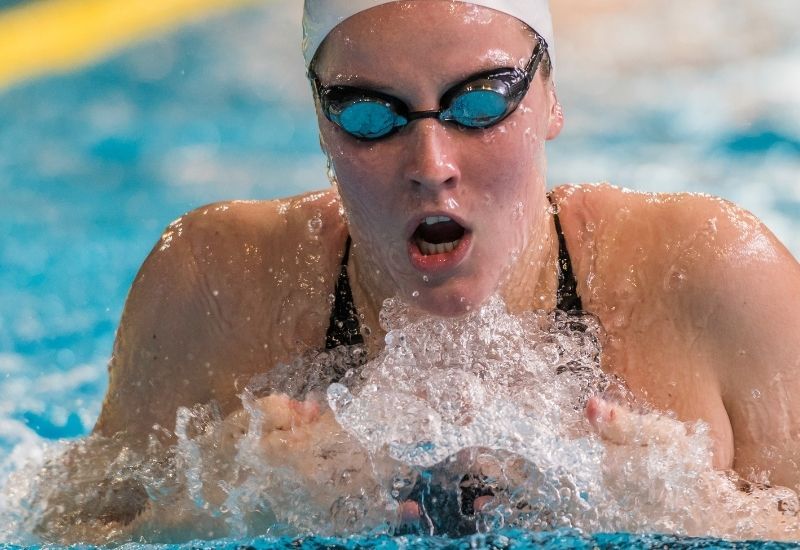
Part 3: Pressure and chaos
This is where the tech suit rubber meets the road.
We are going to introduce the skill into unpredictable or fatiguing conditions, where it matters most.
Skills when going slow are great, being able to recall and apply awesome technique and skills under pressure is even better.
Our examples one more time:
Smoother dolphin kick transitions between upkick and downkick
- 1x800m kick with a board: coach calls out “kick transfer!” at random, swimmer does 10sec fast vertical kicking in place, then resumes
- 6x20s vertical dolphin kick, with coach shouting “switch!” mid-rep to force swimmers to change kick direction on the fly
Early vertical forearm
- 20×25 freestyle fast – before each rep, coach calls out swim or long dog drill
- 8×100 freestyle with long dog (LD) mixed unpredictably:
- 25 LD, 75 swim
- 25 swim, 25 LD, 50 swim
- 75 swim, 25 LD
- Etcetera.
Now you’re reinforcing the skill where it matters most. When the pressure is on, you’ll have trained your body and mind to default to kick-butt technique.
Mixed-Interference Sets
Okay, well how about mixing all three levels into one set? Now we’re talking.
Mixed-interference sets are cool as you can blend blocked, serial, and random practice into a single set. This is perfect for swimmers who want the immediate feedback of how their technique holds up under pressure. All in one go.
Here’s an example (using our early vertical forearm example) that cycles through the progression twice giving swimmers a chance to “reset” the skill and start from the isolated skill:
12×50 freestyle as two rounds through:
- 2×50 – long dog drill with snorkel
- 2×50 – 25 long dog drill, 25 swim easy
- 2×50 – 50 freestyle with 10m long dog fast at coach’s mark within the 50
There are lots of ways you can play with the mixed-interference format.
- More beginner swimmers may benefit from increasing the blocked repetitions, giving them more repetitions.
- Very experienced swimmers may want to increase the random repetitions to really brute force master a skill.
The framework is simple, but super powerful for unlocking improvement and better help you organize your progressions and swim workouts:
Build the movement → Mix the movement → Stress the movement
The Bottom Line
Swimmers spend a lot of time circling the black line and watching the pool tiles go by.
Often, this yardage lapses into mindless, rote repetition. Which slows improvement, and frankly, is not fun.
Using the framework of contextual interference can help you use your drills with more precision and focus, blend the skill from the drill into your regular swimming, and bulletproof your technique when it matters most.
More Technique and Drill Articles
10 Freestyle Drills for a Faster Freestyle. Ready to swim more efficient and faster freestyle? Power up your freestyle with ten freestyle drills from some of the best coaches and swimmers on the planet.
8 Drills and Sets for Faster Turns. Looking to improve your turns in the pool? Here are some sets, drills, and tips for faster turns and swimming.

